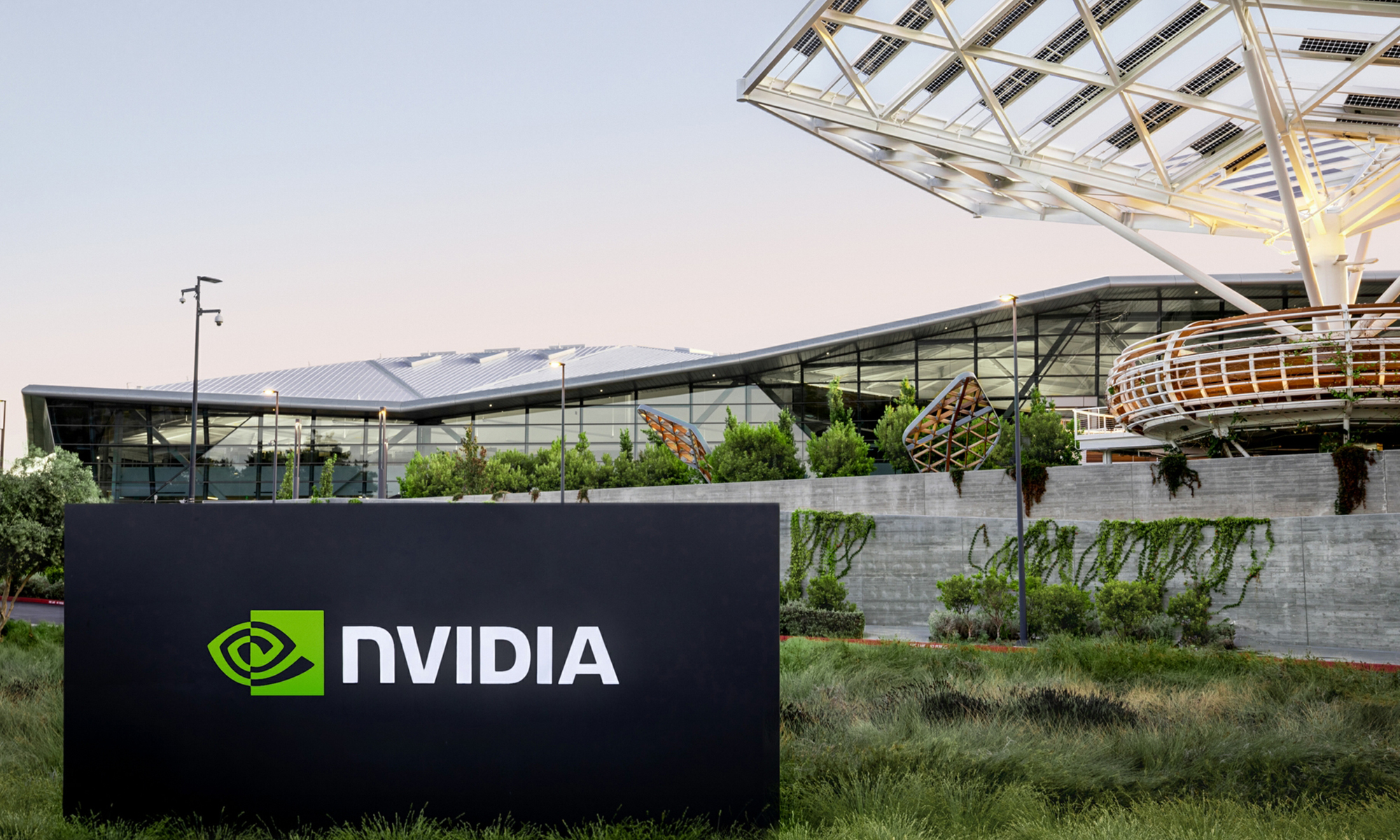Artificial intelligence (AI) mania began in earnest in January 2023. Since then, Nvidia (NVDA 0.32%) shares have advanced 1,190%, and Palantir Technologies (PLTR +0.07%) shares have advanced 2,810%. The Wall Street consensus suggests investors can still buy Nvidia, but they should consider selling Palantir.
- Among 66 analysts, Nvidia has an average target price of $218 per share. That implies 15% upside from its current share price of $189.
- Among 29 analysts, Palantir Technologies has an average target price of $157 per share. That implies 15% downside from its current share price of $185.
Here's what investors should know about Nvidia and Palantir.

Image source: Getty Images.
Nvidia: 15% upside implied by the average target price
The investment thesis for Nvidia rests squarely on its status as the industry standard in AI infrastructure. The company is best known for its graphics processing units (GPUs), chips also known as AI accelerators, but it actually designs rack-scale systems equipped with GPUs, central processing units (CPUs), interconnects, and networking equipment to provide a turnkey solution for data centers.
Importantly, while several companies are developing custom AI chips with assistance from Broadcom and Marvell, Nvidia GPUs are likely to remain the dominant AI accelerator due to its CUDA programming model, an unparalleled ecosystem of software tools that support application development across use cases ranging from recommender systems to robotics.
Beth Kindig, technology analyst at the I/O Fund, says Nvidia benefits from an "impenetrable moat from the CUDA software platform." Similarly, KeyBanc analyst John Vinh writes, "With significant barriers to entry created by its CUDA software stack, we see limited competitive risks and expect Nvidia to continue to dominate" the market for AI accelerators.
Wall Street expects Nvidia's earnings to increase at 36% annually over the next three years. That makes the current valuation of 54 times earnings look reasonable. Investors should feel comfortable buying a small position today, provided they can tolerate volatility. Nvidia has lost at least 50% of its value seven times since going public in 1999.
Palantir: 15% downside implied by the average target price
The investment thesis for Palantir centers on its position as the emerging leader in AI software. Its core data analytics platforms help commercial businesses and government agencies manage and make sense of complex information, and its AI platform lets customers build large language models (LLMs) into business processes and applications.
Palantir has distinguished itself with unique software architecture. Its platforms are built around an ontology, a framework that defines the relationships between digital data points and real-world assets to support decision making. The ontology also captures operational outcomes (i.e., the impact of a particular decision) to create a feedback loop that improves insights over time.
CTO Shyam Sankar recently told analysts that Palantir's ontology-based software affords the company a "unique moat and a massive lead" over its competitors. Indeed, Forrester Research recently recognized Palantir as the technology leader in AI and machine learning platforms, awarding the company higher scores than Amazon, Alphabet, and Microsoft.
Palantir has reported accelerating sales growth in eight straight quarters, due primarily to unrelenting demand for its AI platform. And the company is well positioned to maintain its momentum. Grand View Research estimates spending on data analytics software will increase at 29% annually through 2030, driven by the growing adoption of AI tools.
However, Palantir has a serious valuation problem. The stock currently trades at 137 times sales, a valuation that few software companies have ever achieved. For context, the next closest S&P 500 stock is AppLovin at 43 times sales. That means Palantir would retain its title as the most expensive stock in the index even if its share price dropped 65%.
Anecdotally, I've heard pundits say valuation doesn't matter with Palantir, but that is alarmingly shortsighted. I recently reviewed software valuations and found only seven other stocks that topped 100 times sales since 2000. And among those seven stocks, the average decline was 74% from the peak price-to-sales multiple.










